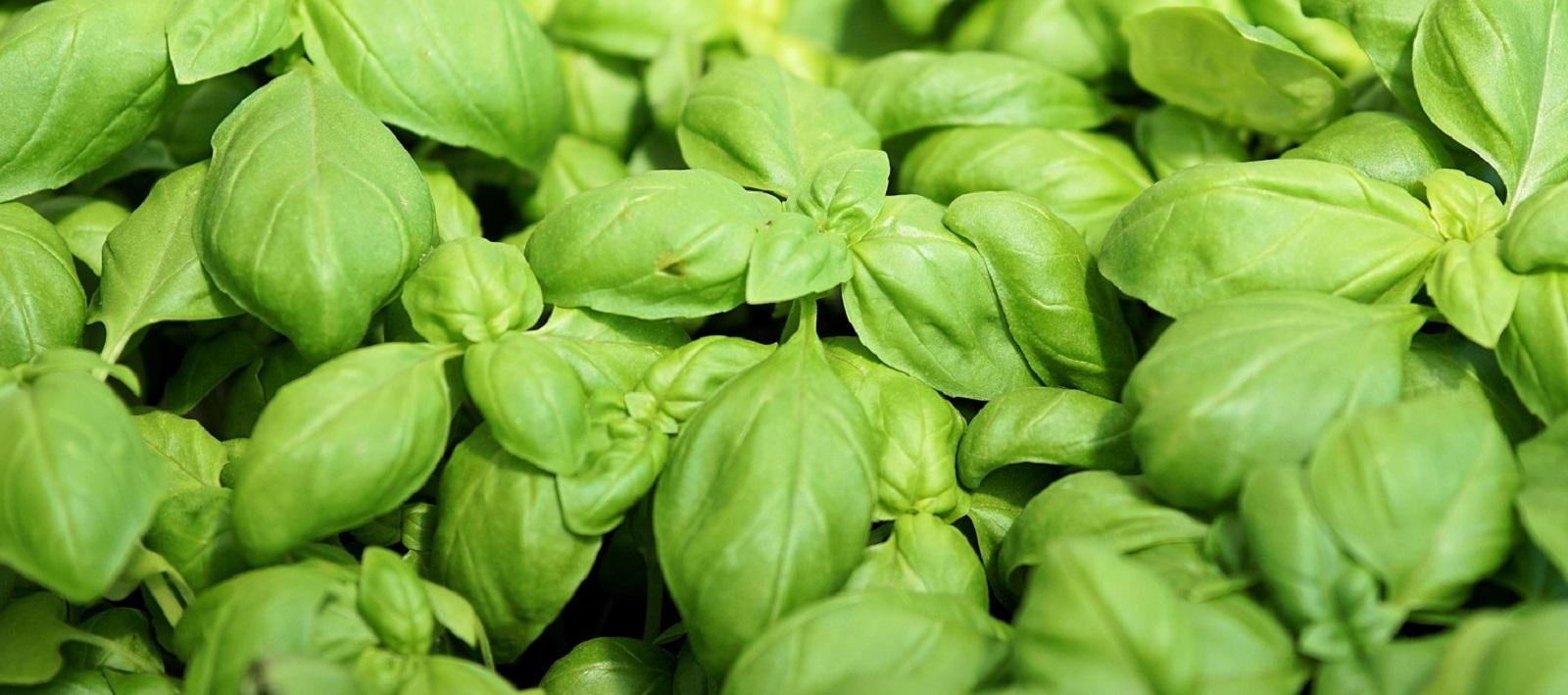Basil (Ocimum ssp.)
Description
Basil is an attractive annual, about 18 inches tall, that has deep green, fairly broad leaves. The flowers are small, white, and appear in spikes. There are several species of basil cultivated but sweet basil is the most popular type grown for culinary purposes.
Preventing basil downy mildew on sweet basil
Plant resistant basil varieties such as 'Obsession', 'Devotion', 'Prospera', and 'Amazel' to help prevent the disease. Seeds can be ordered from some online vegetable seed and plant suppliers.
Monitor your plants closely for symptoms and be prepared to pull out, bag up, and throw out infected plants. It is safe to eat leaves from infected plants- the disease does not harm people. If you lose plants to downy mildew you can sow fresh seeds in containers or in another part of your garden.
Warm, wet, humid weather encourages the spread of downy mildew. Plant basil in full sun locations and don’t crowd your plants. Good air circulation around plants can help reduce the risk of infection.
Culture
Basil grows easily from seed planted after all danger of frost has passed. Pinch stems to promote bushy, compact growth. Avoid lush growth as it may reduce flavor. If planted in rows, thin to 12" between plants and 18" between rows.
Harvesting
Green leaves can be picked about 6 weeks following planting. It is best to cut leaves for drying just before flowers open.
Use
Spicy-scented basil leaves are one of the most popular of all herbs used in cooking. Cooks favor basil for tomato dishes in either fresh or dried form.
Types of Basil
Sweet basil – The most common and popular type of basil. Select cultivars that are resistant to downy mildew.
Holy basil (Ocimum sanctum) – Used in Indian and Thai cuisine. Herbal medicines are made from the leaves, stems, and seeds.
Bush basil – Smaller, rounded leaves, and grows in a rounded form.
Purple basils – Bronzy-purplish foliage. Mostly used for decorative purposes and garnishes.
